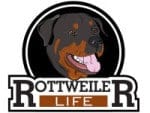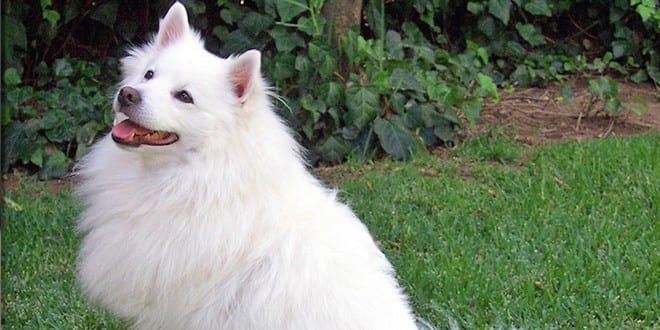I had previously raised two lhasa apso dogs who spent most of their lives living in high-rise condominiums. Instead of having to take them down an elevator to go outdoors to eliminate all the time, I trained them to use newspapers in a spare bathroom. Since they were both initially paper trained as puppies anyway, I chose to continue this method for them. Indoor newspapers worked quite well for the rest of their lives as my dogs were able to go to the bathroom whenever they needed to. The only problem is that the papers tended to get rather messy and smelly. If plastic liners were not placed underneath the papers, newsprint ink would be imprinted on the ceramic tiles of my spare bathroom floors. On some occasions, urine puddles would flow off the papers as well as the liner resulting in situations which required immediate cleaning since urine became trapped between the plastic liner and the floor. Despite these complications, I was relatively satisfied with the paper method for my little dogs.
After both of my dogs had passed away after long lives, I took a break as a dog owner for several years. When it was time to become dog owner again, I had made up my mind to train my new pair of lhasa apso puppies to use papers indoors as well. This time, it turned out that Purina had come out with a new litter box system called Second Nature designed for specifically for dogs. It was basically modeled after similar setups for cats but the dog litter consists of large pellets made up of recycled newsprint.
Purina also introduced a litter box that has one side cut away lower to facilitate easy entry for dogs. I’m not totally convinced on the advantage of this particular feature since my lhasa apsos have no problems stepping into the box from the side. But for Purina to introduce such a system to the market, I must not have been the only dog owner who considered indoor elimination a better alternative to outdoors for smaller breeds. The product is now very popular especially among small dog owners living in apartments and high-rise condominiums without easy access to outdoors.
Purina recommends a slow transition from papers to their Second Nature system by placing newspapers over their dog litter at first. The company also suggests crate training at the same time but instead of taking the dogs outside, they are taken to the litter box. Newspapers are also placed all around the floor area of the litter box itself. My puppies needed some time to get use to the box so while they were being introduced to it, they were eliminating on both the newspapers on the floors as well as inside the litter box. Once they got use to the idea of going inside the box more often to eliminate, paper coverage on the surrounding floor area was gradually made smaller.
When they started to use the litter box all the time, the newspapers on the floors were gone for good. The next step was for them to get use to the actual pellets of the litter. Since there were still newspapers covering the dog litter, the puppies were still technically using papers but at least they were getting accustomed to stepping on the pellets underneath. Papers inside the box were gradually reduced a bit at a time exposing more dog litter. Over a few weeks, the puppies gradually saw more dog litter than newspaper inside the box. Eventually, all newspapers were totally eliminated as my lhasa apsos finally got used to the box filled with litter only.
In my mind, the litter box system is less messy since all dog urine and feces stay inside the box. Actually the Second Nature pellets absorb urine much better than normal newspapers. The odd time, one of the puppies may get a bit lazy and have just the front paws inside the box while the hind legs are still outside resulting in urination on the floors. In these cases, the puppies have to be nudged a bit so that they are completely inside the box. This is part of their training. The only complication I observed with the pellets is that both puppies like to chew and eat them at times.
Purina claims that ingestion of the pellets itself is not harmful to the dogs since they are just compressed papers. This will result in more feces production until the dogs can stop this habit. The dog litter is non-clumping so it will not get stuck inside the canine digestive system unlike normal clumping cat litter. It is considered unsafe to use clumping cat litter as a substitute for the Purina dog litter.
Purina Second Nature was launched only in the United States so as a Canadian resident, I had to go down to the U.S. to purchase the system. I started out with Purina’s cat and small animal litter called Yesterday’s News which is basically the same as Second Nature except the pellets are much smaller. But at least the Yesterday’s News pellets are non-clumping and therefore safe to use for dogs. Purina changed their Second Nature pellets to be around the same size as Yesterday’s News and many users including myself, found that my dogs ended up tracking the pellets all over the place.
After speaking to a Purina spokesperson, I was informed that the Second Nature pellets will be made back in the original larger size soon. This will reduce the tracking significantly again. Purina will also introduce Second Nature in the original larger pellet size to the Canadian market. Naturally, this is good news for me and other owners of small dogs who would like to use an alternative to going outdoors for elimination, especially during cold bitter Canadian winters. I would definitely recommend the Purina Second Nature dog litter system to other small breed dog owners, especially when it returns to its original larger pellet size.



